4-Stroke Dirt Bike: Your Ultimate Off-Road Guide
4-stroke dirt bikes offer the ultimate off-road experience, combining power, efficiency, and versatility for riders seeking adventure on challenging terrains. These machines, characterized by their four-stroke engine cycle, have revolutionized the world of off-road motorcycling. This article will explore the essential aspects of 4-stroke dirt bikes, including their unique features, riding techniques, maintenance requirements, and environmental impact. By delving into these topics, readers will gain a comprehensive understanding of why 4-stroke dirt bikes have become the preferred choice for many off-road enthusiasts.
Introduction to 4-Stroke Dirt Bikes

4-stroke engines operate with a four-phase combustion cycle, consisting of intake, compression, power, and exhaust strokes. This design provides several advantages for off-road riding, including improved fuel efficiency, lower emissions, and a broader powerband compared to their 2-stroke counterparts. The evolution of 4-stroke dirt bikes has transformed the off-road motorcycling landscape, offering riders enhanced performance and reliability.
Popular 4-stroke dirt bike models include:
- Honda CRF450R
- Yamaha YZ450F
- KTM 450 SX-F
- Kawasaki KX450
These machines showcase the latest advancements in 4-stroke technology, featuring fuel injection systems, adjustable engine maps, and sophisticated suspension components. The versatility of 4-stroke dirt bikes makes them suitable for various off-road disciplines, from motocross racing to trail riding and enduro competitions.
Mastering Off-Road Techniques with 4-Stroke Dirt Bikes

Proper body positioning plays a crucial role in maintaining control and balance on a 4-stroke dirt bike. Riders must adapt their stance to various terrains, such as standing on footpegs for rough sections and leaning forward on uphill climbs. Throttle control is essential for managing traction in loose surfaces, with smooth and progressive inputs helping to maintain stability and forward momentum.
Obstacle navigation requires a combination of skills and techniques specific to 4-stroke dirt bikes. The table below outlines key techniques for common off-road obstacles:
| Obstacle | Technique | Key Consideration |
|---|---|---|
| Rocks | Momentum and line selection | Use the 4-stroke’s low-end torque for controlled ascents |
| Logs | Front wheel lift and body English | Utilize the bike’s weight for stability during crossings |
| Ruts | Balance and consistent throttle | Leverage the smooth power delivery for maintaining traction |
Advanced off-road techniques take advantage of the 4-stroke engine’s characteristics. Riders can exploit the broader powerband for improved traction on steep climbs and use engine braking to control descents. Safety considerations are paramount in off-road riding, with proper gear and awareness of surroundings being essential for an enjoyable experience.
Maintaining and Customizing Your 4-Stroke Dirt Bike
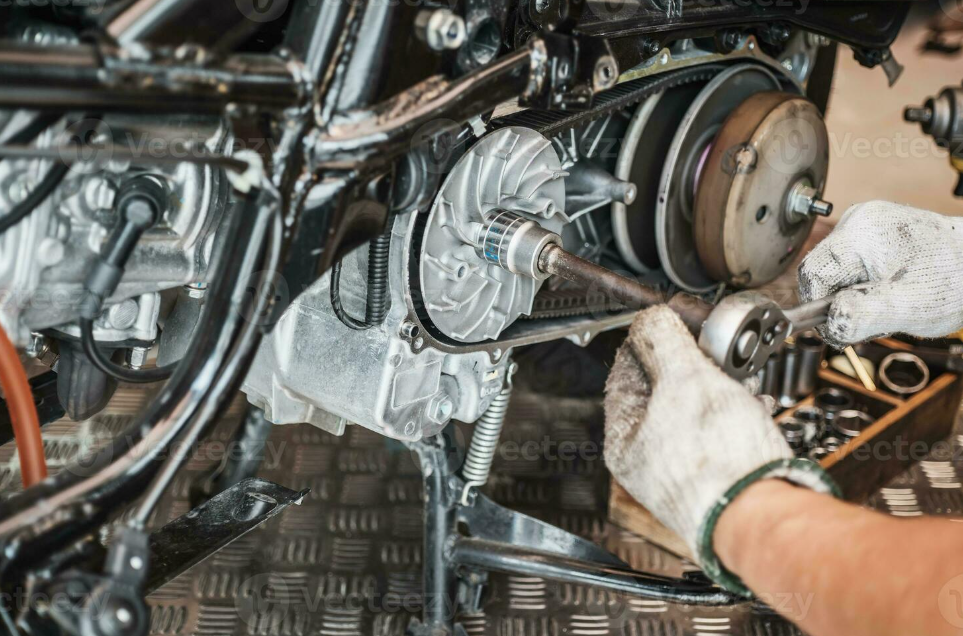
Proper maintenance is crucial for ensuring optimal performance and longevity of 4-stroke dirt bikes. Regular oil changes preserve engine health, with frequency depending on riding conditions and manufacturer recommendations. Valve adjustment procedures maintain proper engine compression and efficiency, typically requiring attention every 15-20 riding hours.
Air filter maintenance protects the engine from harmful debris encountered in off-road environments. A clean air filter ensures optimal air flow and prevents premature engine wear. The following list outlines essential maintenance tasks for 4-stroke dirt bikes:
- Regular oil and filter changes
- Valve clearance checks and adjustments
- Air filter cleaning and replacement
- Chain tension and lubrication
- Tire pressure and wear inspection
Customization options allow riders to tailor their 4-stroke dirt bikes to specific preferences and riding styles. Suspension upgrades improve off-road performance by enhancing shock absorption and handling characteristics. Exhaust modifications can increase power output and alter the bike’s sound profile. Handlebar and controls ergonomics contribute to rider comfort and control during extended off-road sessions.
Safety gear selection is critical for protecting riders from potential injuries. Helmets must provide adequate protection and proper fit for off-road use, with features such as enhanced ventilation and extended chin bars. Protective boots offer ankle support and impact resistance crucial for navigating rough terrain. Body armor and protective clothing safeguard riders from impacts, abrasions, and environmental hazards encountered during off-road riding.
Environmental Considerations and Comparisons

Fuel efficiency is a significant advantage of 4-stroke dirt bikes compared to their 2-stroke counterparts. Carburetor tuning optimizes fuel consumption by ensuring the correct air-fuel mixture for various riding conditions. Riders can employ techniques to conserve fuel, such as maintaining steady throttle inputs and avoiding unnecessary idling.
The environmental impact of 4-stroke engines is generally lower than that of 2-stroke engines. Emissions standards for off-road vehicles have become increasingly stringent, with 4-stroke technology meeting these requirements more easily. Noise reduction techniques, such as advanced muffler designs, help mitigate the acoustic footprint of off-road riding.
The table below compares key aspects of 4-stroke and 2-stroke dirt bikes:
| Aspect | 4-Stroke | 2-Stroke |
|---|---|---|
| Power Delivery | Broader powerband, more linear | Explosive power, narrower powerband |
| Weight | Generally heavier | Typically lighter |
| Maintenance | More complex, less frequent | Simpler, more frequent |
| Fuel Efficiency | Higher | Lower |
| Emissions | Lower | Higher |
Conclusion
4-stroke dirt bikes provide an excellent blend of performance, efficiency, and versatility for off-road enthusiasts. Understanding the distinct features of these bikes and honing the right riding techniques enable riders to maximize their potential across different terrains. Proper maintenance and customization can elevate the experience even further, making them a top choice when considering the best trail dirt bike options. Additionally, factors like fuel efficiency and environmental impact highlight their advantages in today’s off-road landscape.

Jason Wilkins began his career with a passion for online shopping experiences and deep insights into the outdoor gear market. With the aim of providing excellent choices for those who love an active lifestyle, he established besttraildirtbike.com, specializing in advising and selling Amazon Affiliate products suitable for dirt bikes, accessories, and touring gear.
Leveraging his expertise in SEO techniques and business management skills, Jason has built a reputable brand, attracting thousands of customers. As a dedicated and creative leader, he continuously seeks ways to enhance the user experience and sustainably grow the business.
Jason has in-depth knowledge of dirt bike trends and accessory innovations, constantly updating himself on the latest breakthroughs in this field. On his website, he shares detailed and objective reviews of hot products on the market, along with tips for safe dirt biking and touring.
With the motto “Passion Without Limits,” Jason aspires to inspire many outdoor enthusiasts to explore the wonders of nature. Under his guidance, besttraildirtbike.com is steadily becoming a trusted destination for customers to find quality products for their dirt biking and adventure touring pursuits.
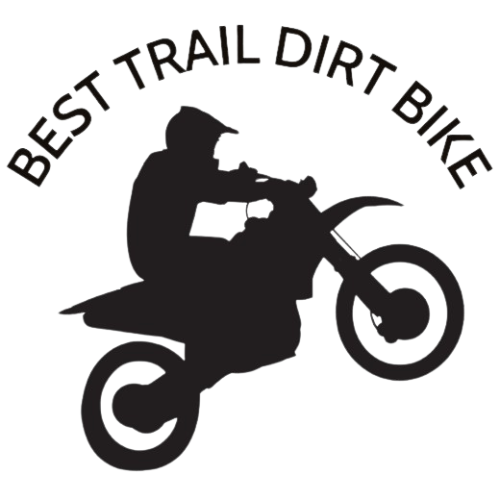


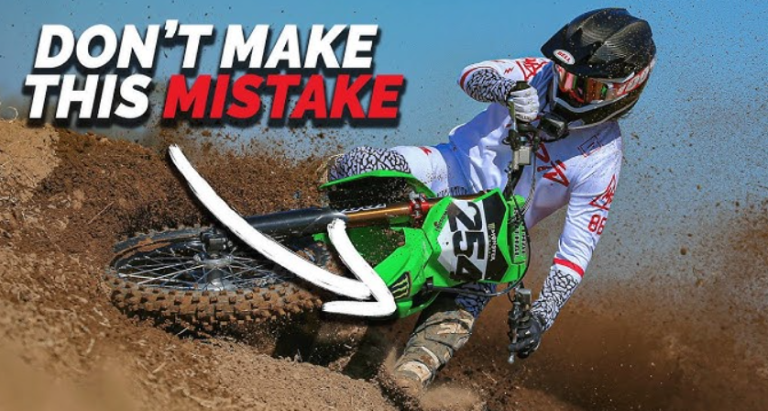
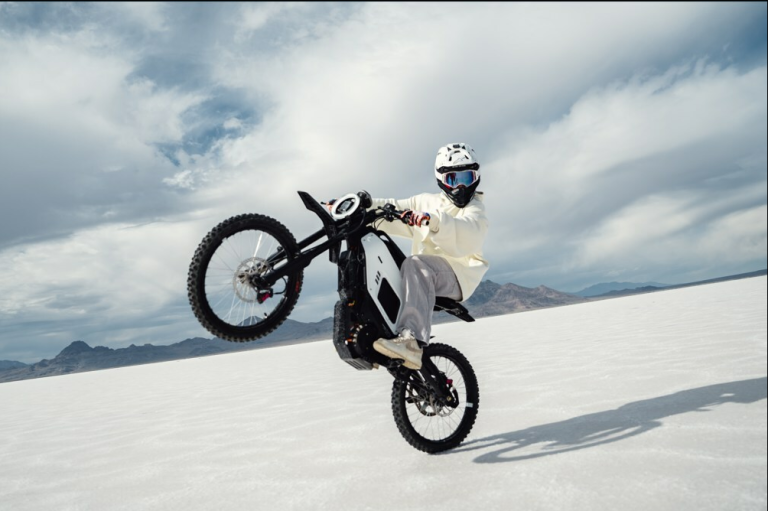
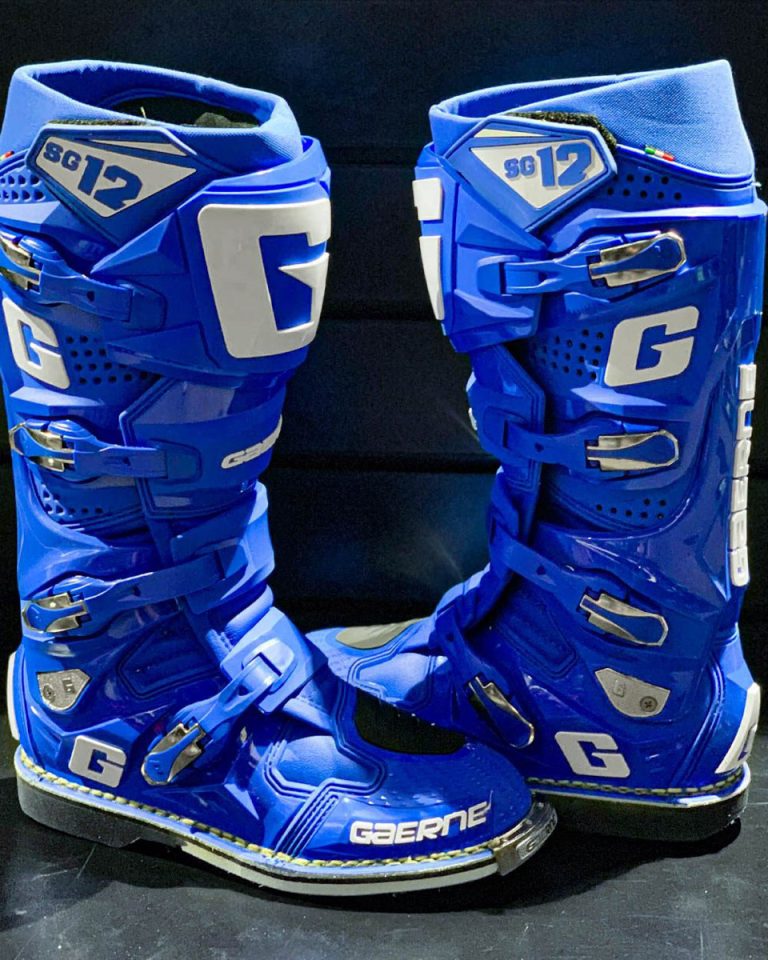

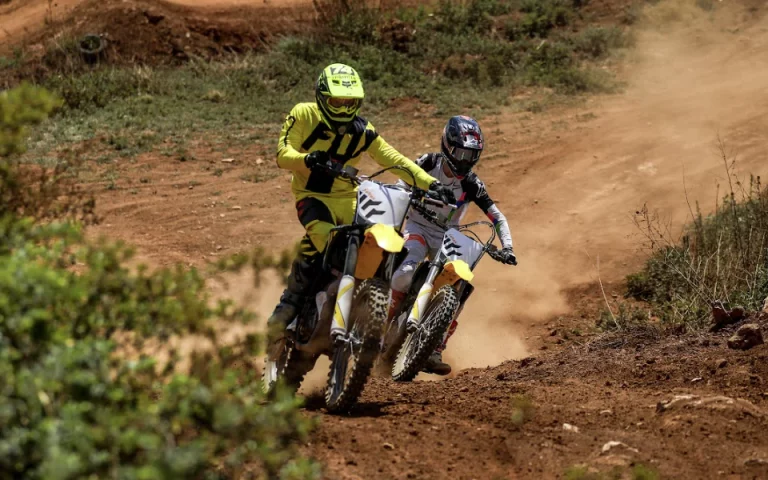
This guide on 4-stroke dirt bikes is fantastic! The breakdown of engine characteristics is very informative. How do the maintenance requirements for 4-strokes compare to 2-strokes in terms of frequency and complexity?
Dear irishclick!
Maintaining a 4-stroke dirt bike generally requires less frequent but more complex procedures compared to a 2-stroke. With 4-strokes, you’ll deal with valve adjustments and more intricate engine components, which can be time-consuming. On the other hand, 2-strokes need more frequent maintenance due to their higher RPMs and simpler design, but the tasks are typically easier to perform, like changing the piston rings. Overall, 4-strokes might be a bit more involved in the long term, but they require less day-to-day attention.
Thank.
You mentioned the torque and power delivery of 4-stroke engines. How does this impact their performance on steep inclines or technical trails compared to 2-stroke engines?
The section on fuel efficiency was quite enlightening. Are there specific 4-stroke models known for superior fuel economy that might be ideal for long off-road adventures?